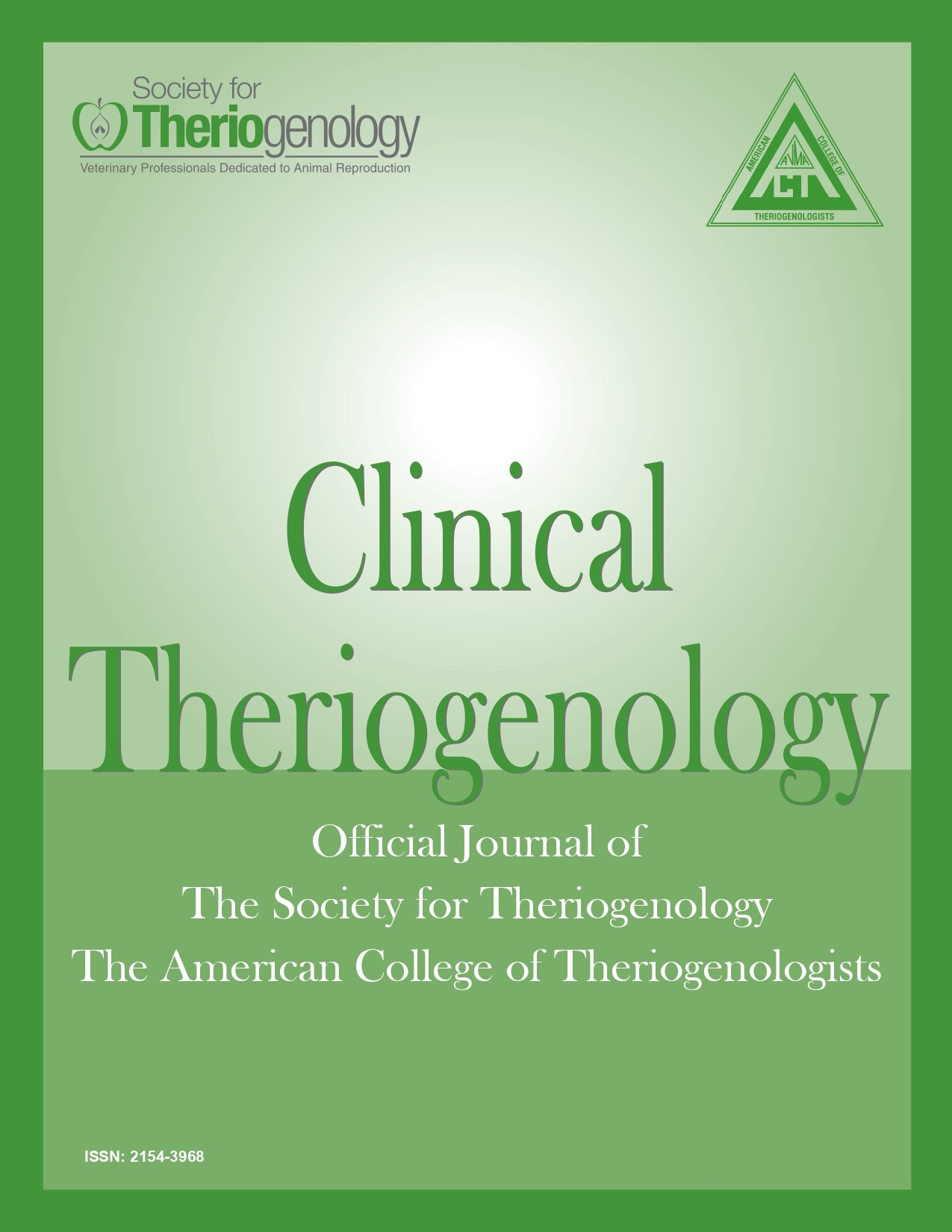Evolution of fertility programs for lactating dairy cows
Abstract
This paper reviews the key concepts that lead to the development of fertility programs for highproducing lactating dairy cows using gonadotropin releasing hormone (GnRH) and prostaglandin F2α (PGF2α). The key factor affecting fertility to fixed time artificial insemination (FTAI) is the response to each hormonal treatment of the Ovsynch protocol. Although not required for fertility, cows ovulating to the first GnRH treatment of the Ovsynch protocol (G1) have greater pregnancies per artificial insemination (P/AI) than cows failing to ovulate. The use of presynchronization treatments that increase the percentage of cows initiating the Ovsynch protocol during early diestrus increases the percentage of cows with medium progesterone (P4) concentrations at G1 and with high P4 concentration at PGF2α. However, some cows fail to completely regress the corpus luteum (CL) after a single PGF2α treatment, particularly cows that initiate the Ovsynch protocol in a low P4 environment and cows with a young CL at the time of treatment with PGF2α. Addition of a second PGF2α treatment increased the percentage of cows with complete luteal regression and P/AI. The use of fertility programs that include the concepts described in this review have resulted in more P/AI than inseminating cows after an induced estrus at first insemination. In addition, extending these concepts to resynch inseminations and the implementation of an aggressive reproductive management program for first and subsequent inseminations results in reproductive performance that is unprecedented for high-producing Holstein dairy cows.
Downloads

This work is licensed under a Creative Commons Attribution-NonCommercial 4.0 International License.
Authors retain copyright of their work, with first publication rights granted to Clinical Theriogenology. Read more about copyright and licensing here.





